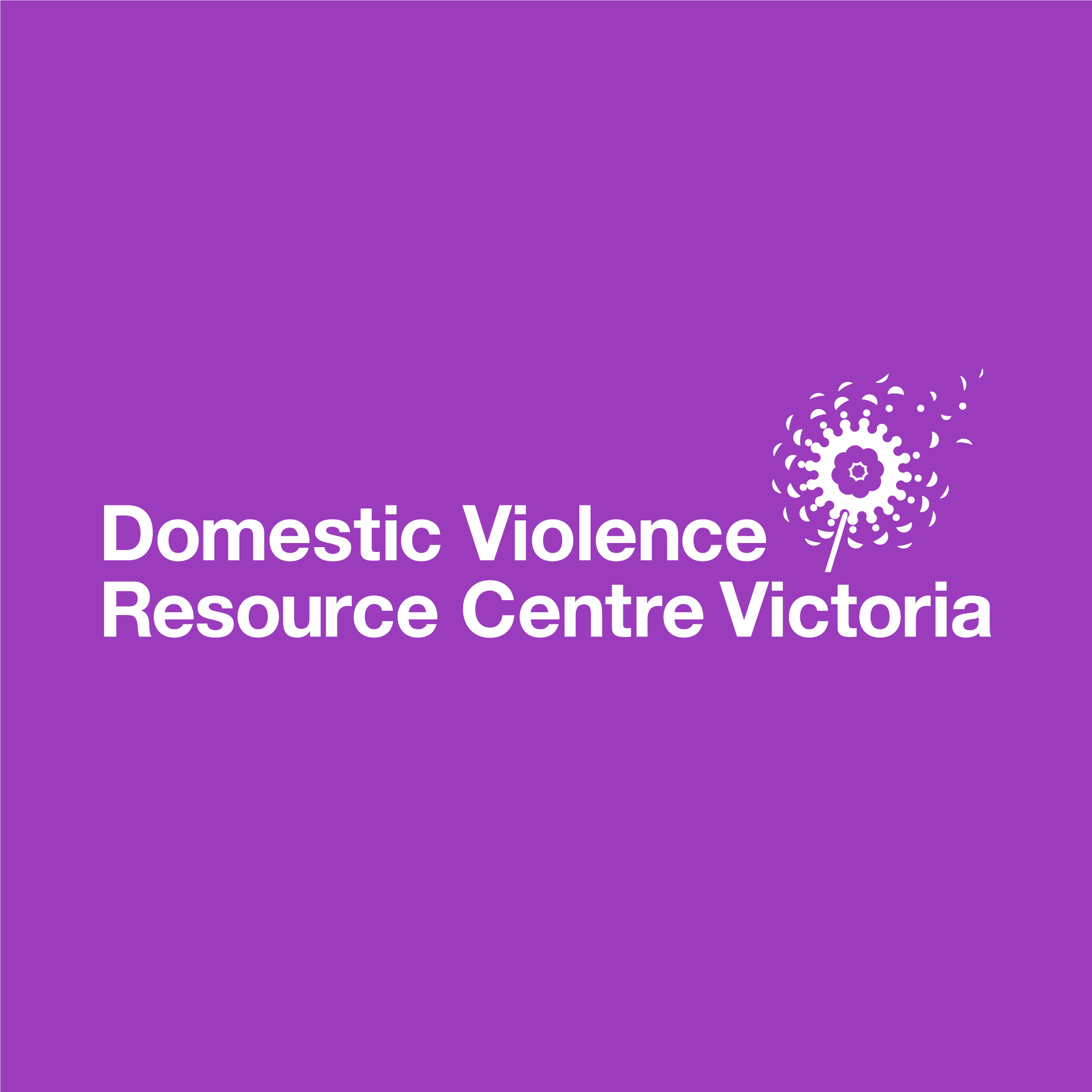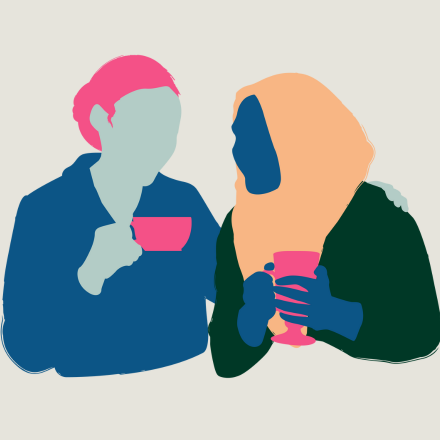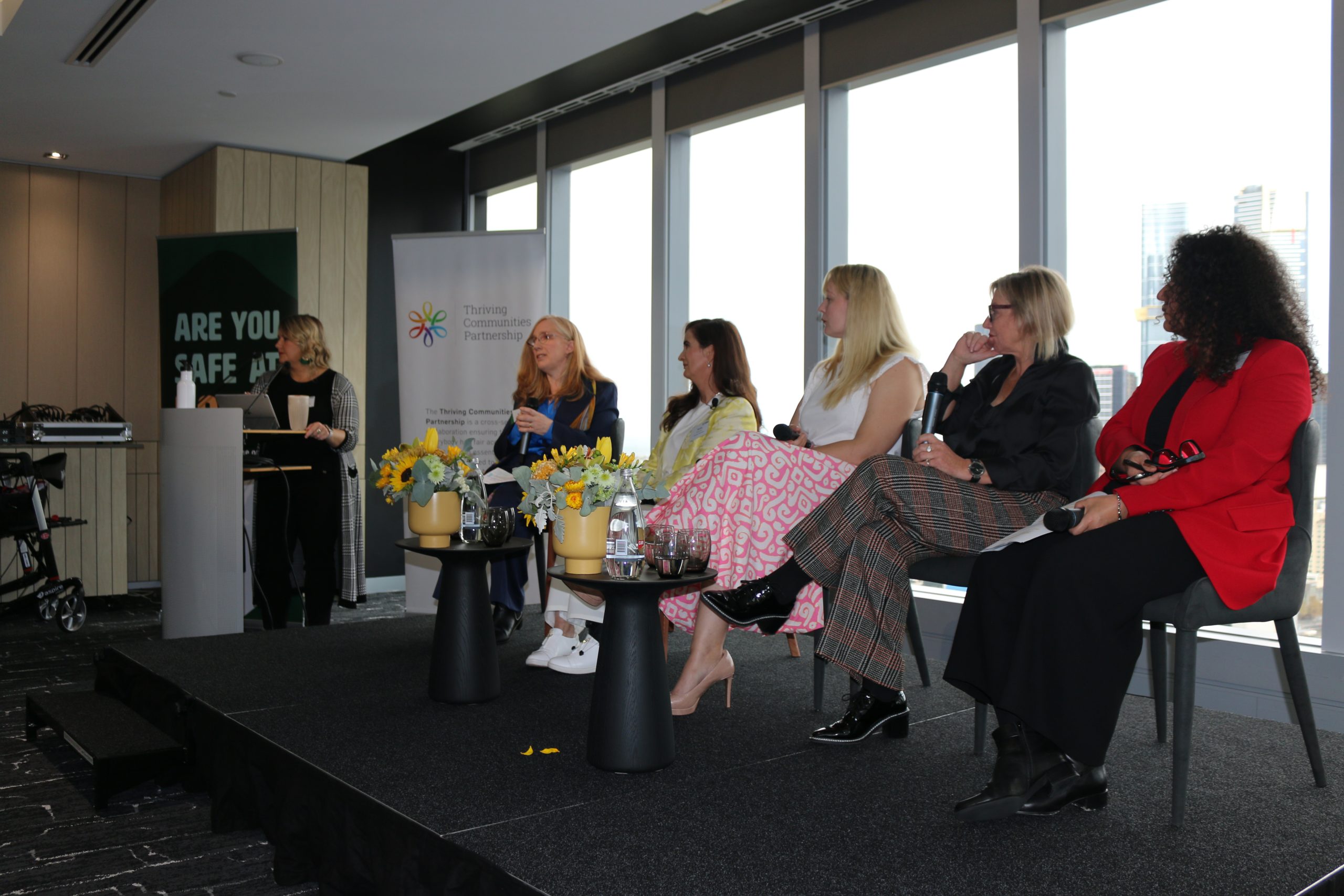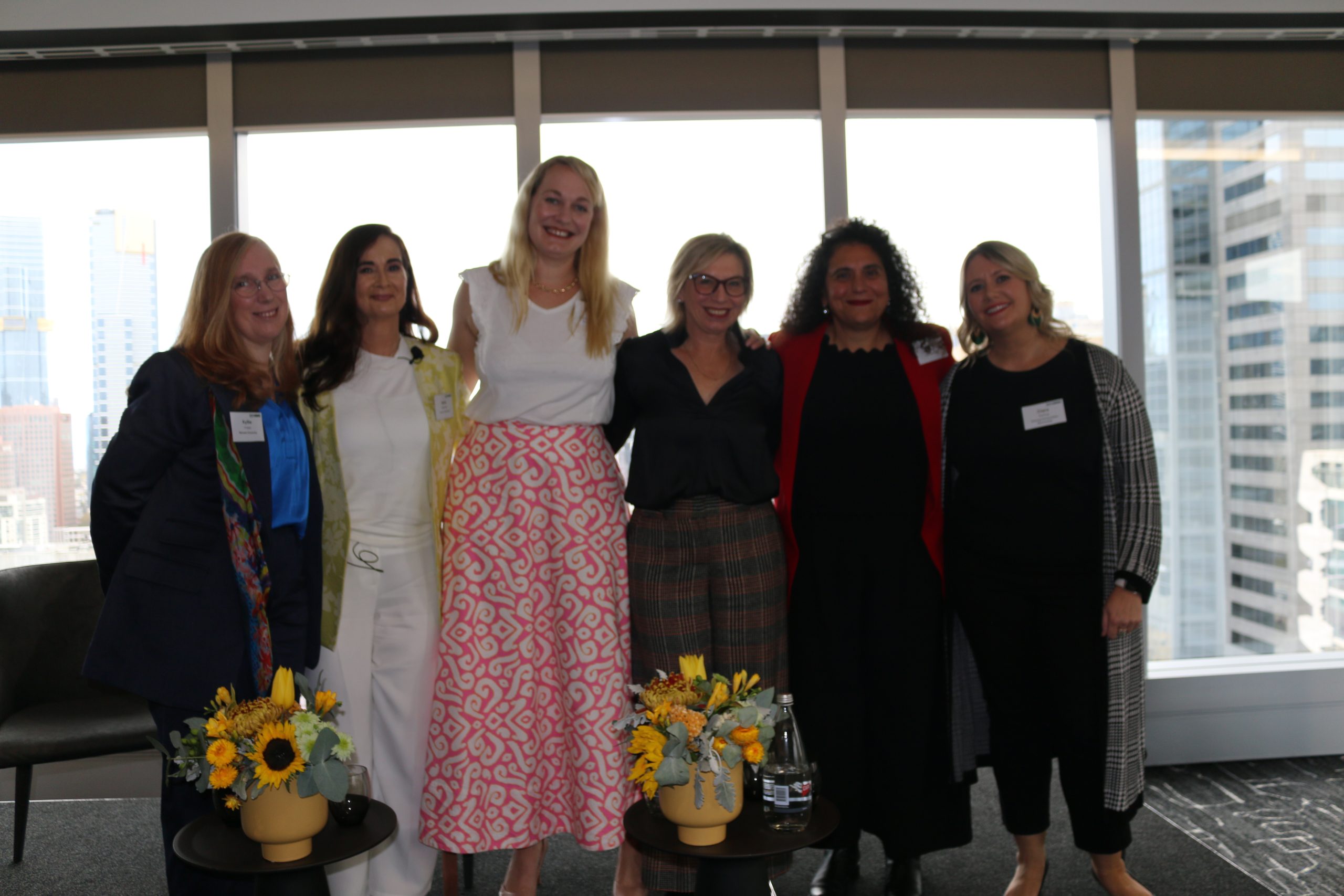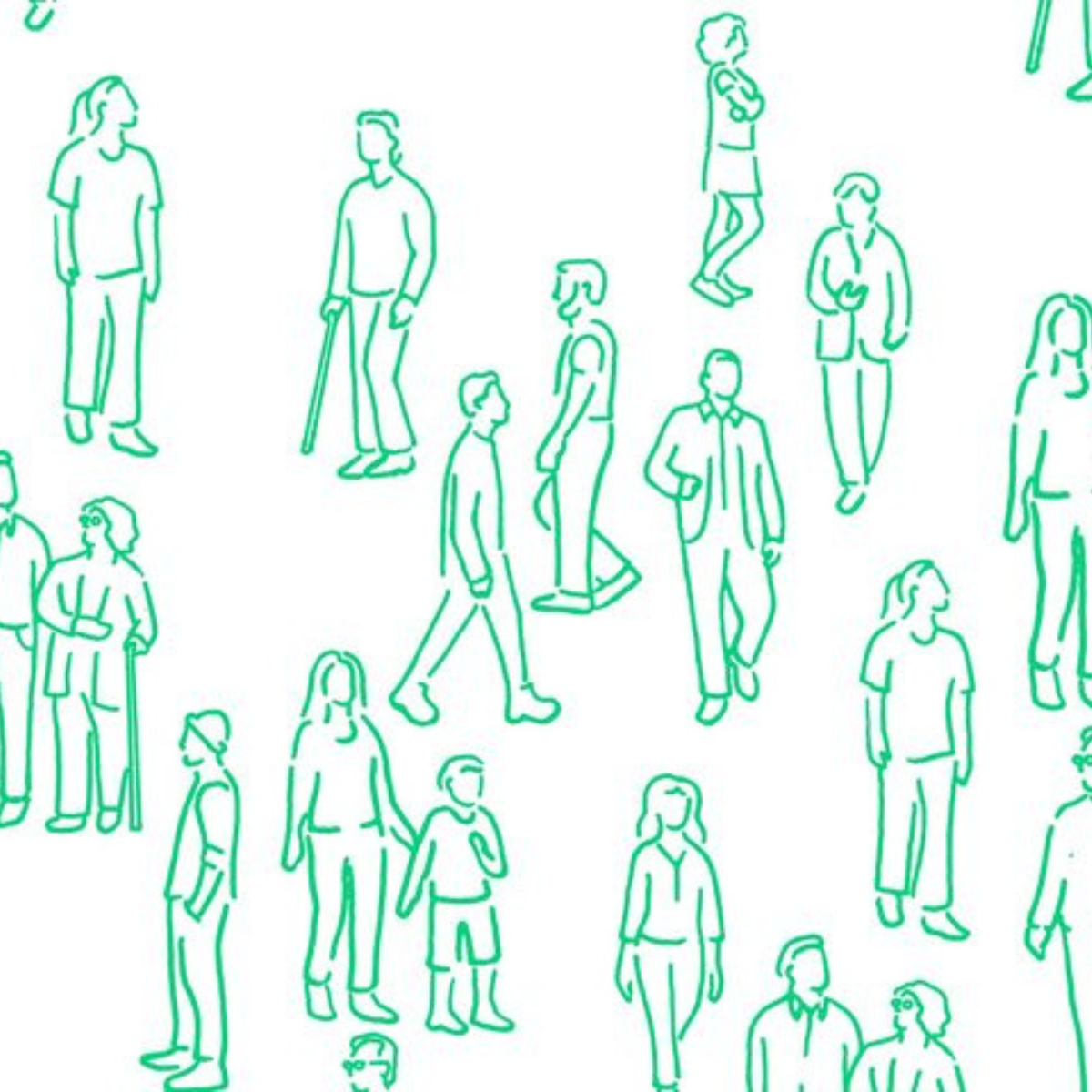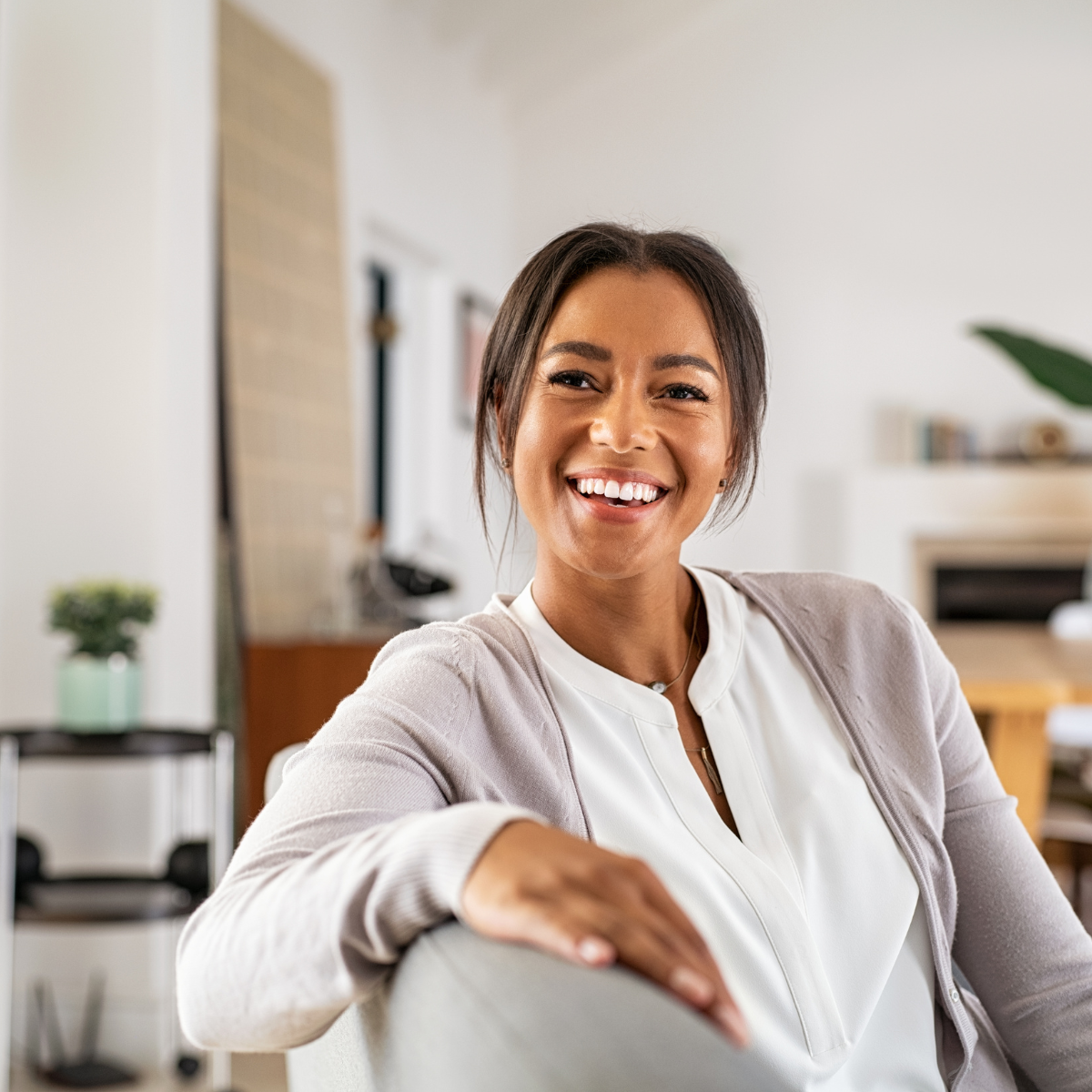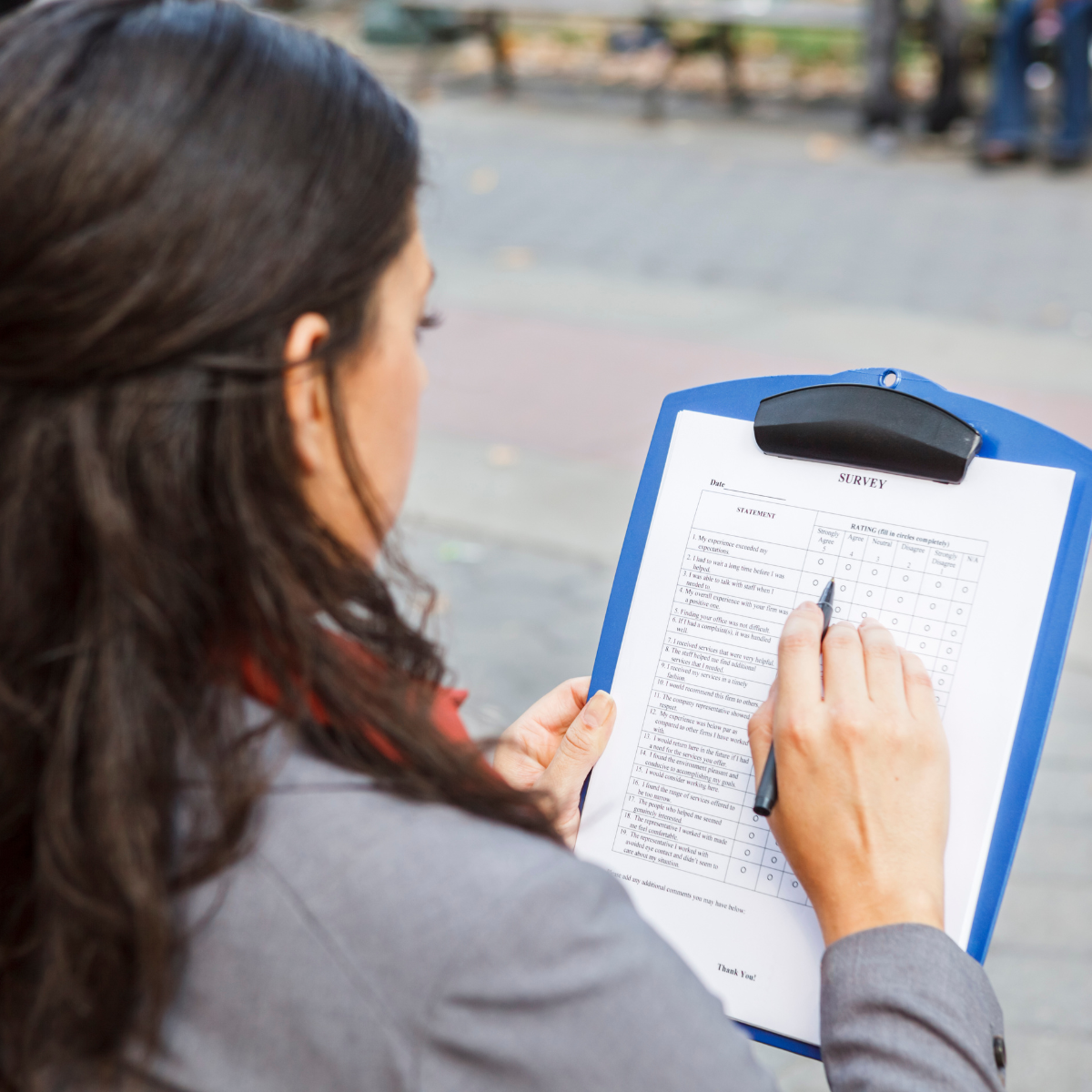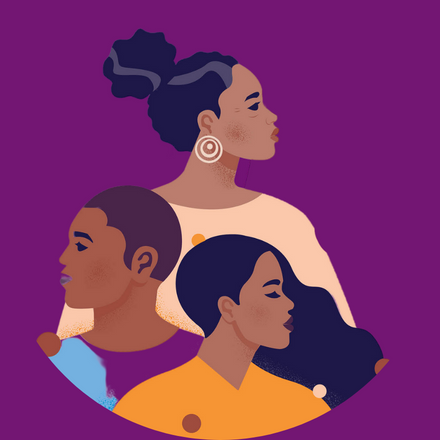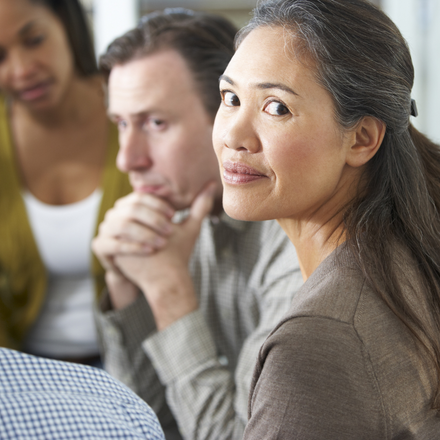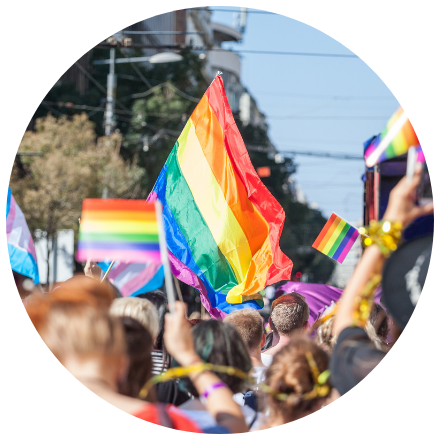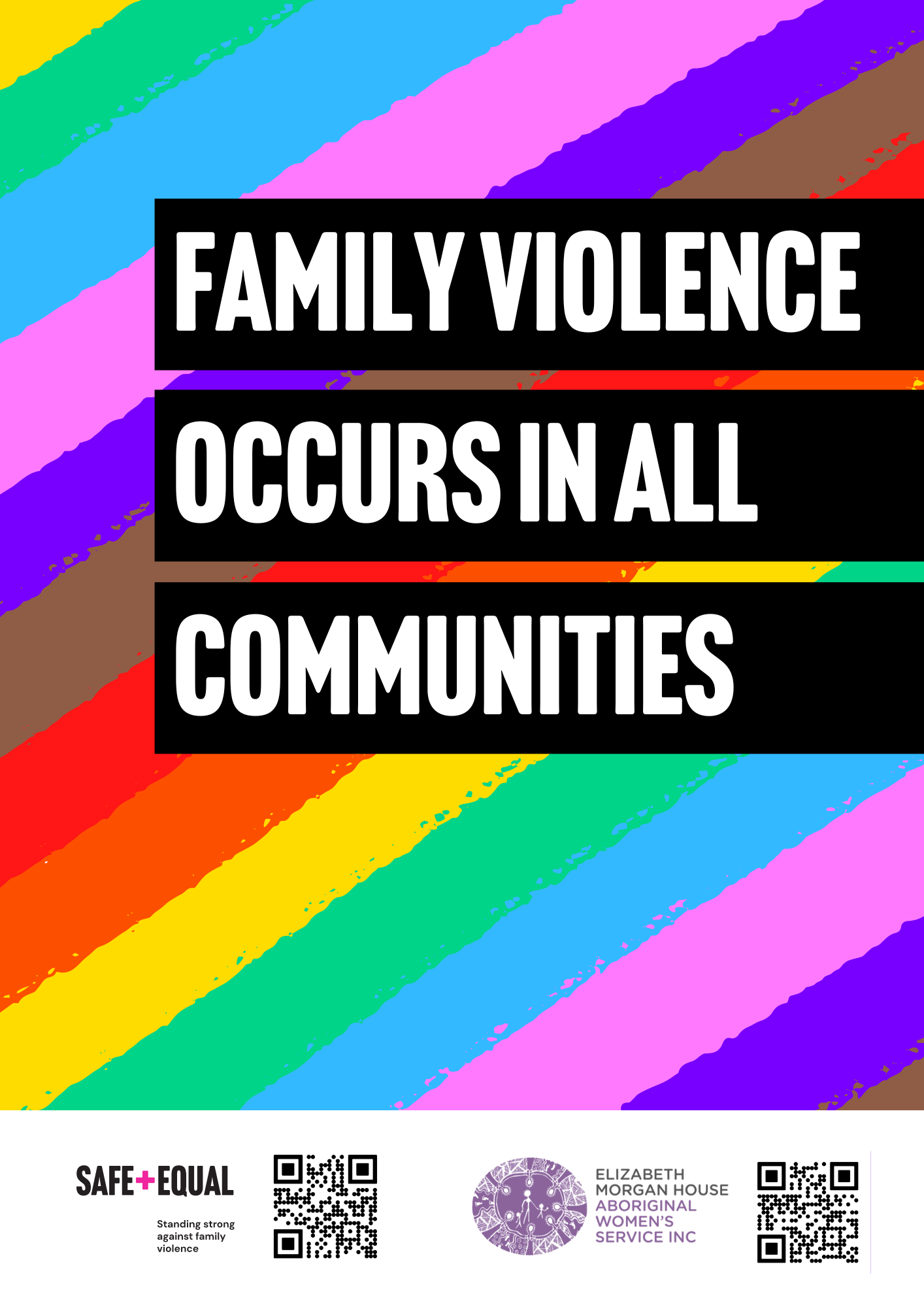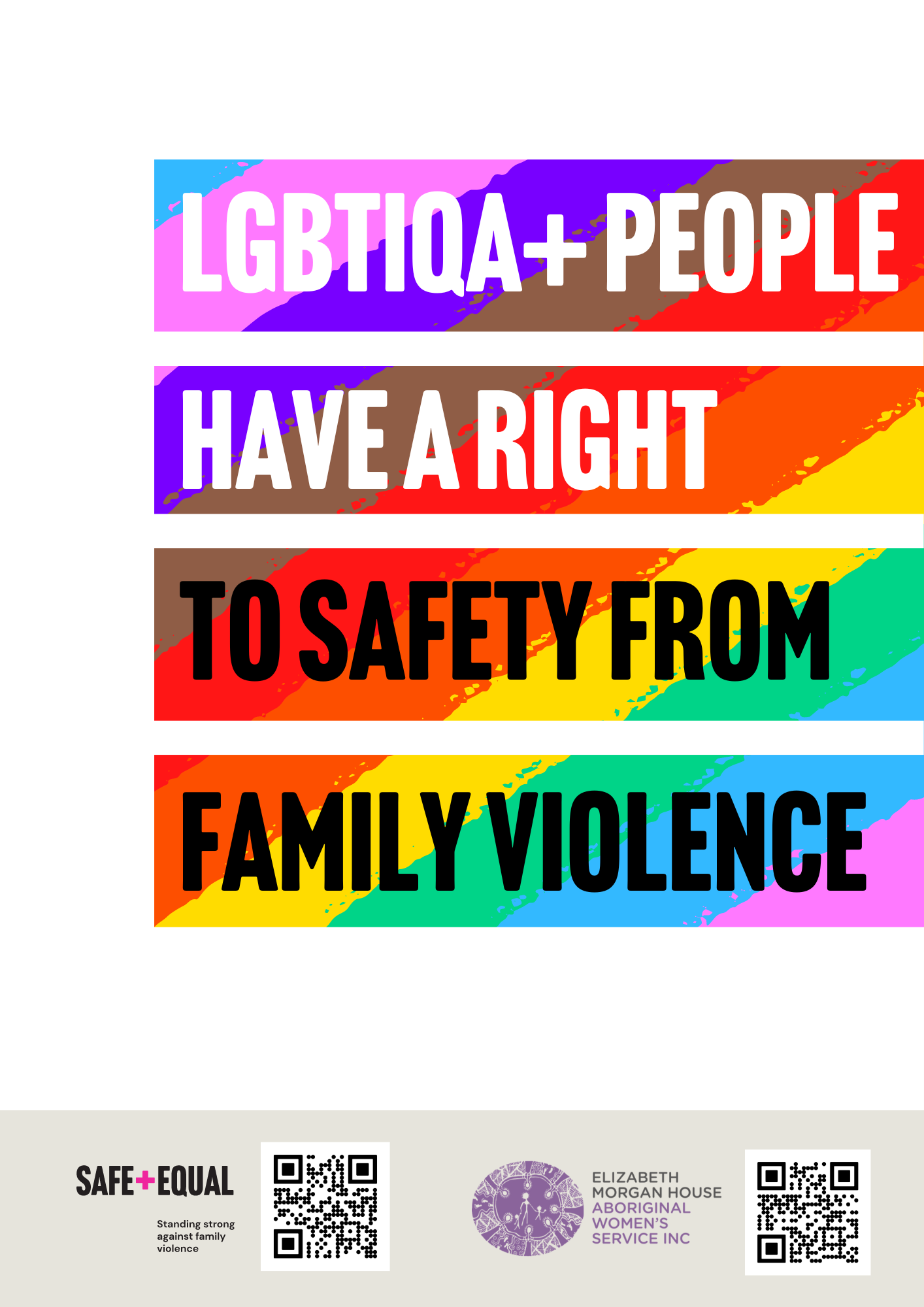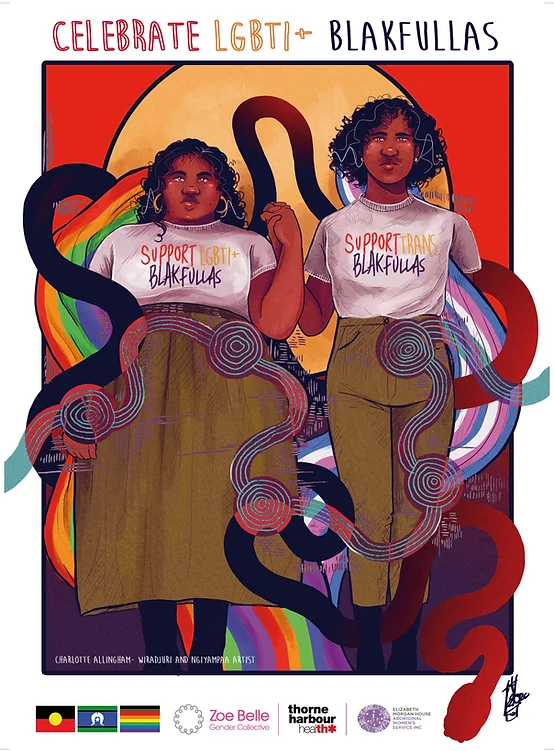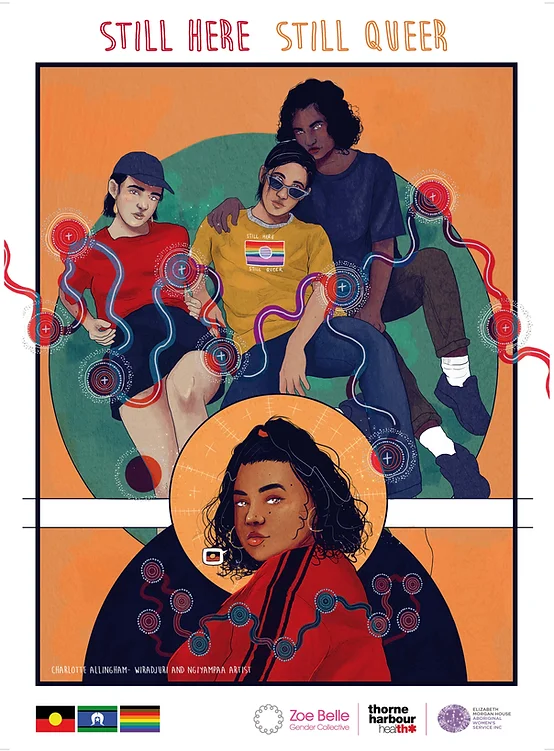We all deserve safety, respect and the opportunity to thrive, wherever we live, work and play.
But for many of us, home is not always safe. Our workplace could be the only refuge or place to seek support.
That is why this year’s Are You Safe At Home? Day is shining a spotlight on the significant role colleagues and employers can play in recognising and responding to family violence.
With one in three Australian women having experienced physical or sexual violence by a current or former partner since the age of 151 , chances are there’s a survivor of gender-based violence amongst every group of people we know – and workplaces are no exception.
“Violence impacts around one in six female workers, so we know family violence is a critical workplace issue,” said Tania Farha, Safe and Equal CEO.
“It’s crucial we include workplaces in conversations about family violence, because they’re part of the solution.”
Are You Safe At Home? is a national awareness raising initiative, designed to break down the fear and stigma associated with talking about family violence by providing clear information about what to look out for, what supports are available, and how to start a conversation if you’re concerned someone you care about is experiencing abuse.
Safe and Equal launched Are You Safe At Home? in 2020, during Victoria’s first pandemic lockdowns.
“During this time, specialist family violence services noticed that calls to support helplines from victim survivors stopped – because they were trapped at home with their perpetrator, there was no safe way to reach out,” said Ms Farha.
“Instead, they saw calls from friends, family members and even co-workers increase. These were people who were really worried about someone but weren’t sure what to do – and that’s what Are You Safe At Home? is about – giving people in the community the tools and support to be able to recognise and respond to family violence.”
Since then, Are You Safe At Home? has expanded beyond a pandemic response. 2022 saw the launch of Are You Safe At Home? Day, which is now an annual event on 10 May.
“This initiative is important because it not only provides tips on how to recognise the signs of family violence and sensitively open up conversations with affected individuals, but it also equips co-workers and loved ones of those experiencing family violence with practical knowledge of available services and supports,” says Survivor Advocate Rachel Croucher.
“We know that many people experiencing family violence will never contact police or services,” said Ms Farha.
“Their friends, family and colleagues are often the first line of support – they see things that others don’t and can pick up on some of the more subtle signs that something isn’t right.”
Are You Safe At Home? Day provides an opportunity for people in the community to get comfortable with starting what can be a difficult and confronting conversation.
To support this the Are You Safe At Home? website features a suite of accessible tools and resources to help people feel more comfortable and confident to recognise the signs and offer support.
“It can be really overwhelming to know what to say, what to do or where to start. You may worry that you’ll be interfering if you step in, or that you might say the wrong thing,” said Ms Farha.
“But you don’t have to be an expert. By starting small and opening up the conversation, asking ‘are you safe at home?’, and by listening and offering support, you can make a world of difference.”
For Survivor Advocate Martina, when a friend asked whether everything was okay at home it was life changing.
“This friend asked the right questions and pointed out to me that my abusive partner was gaslighting me and emotionally abusing me and that I deserved better,” said Martina.
“All it took was one simple question, but it literally saved my life.”
For Domestic Violence Advocate Carol-Ann Fletcher, remaining non-judgemental and supportive of the victim survivor is crucial.
“The best thing you can do is let them know you love them and will be there for them, regardless of whether they choose to leave or stay with their abuser,” said Ms Fletcher.
These considered responses extend to the workplace. A supportive and respectful workplace culture can be a lifeline for people experiencing abuse.
The recent introduction of paid domestic and family violence leave across Australia is an incredible step forward in recognising that family violence is a workplace issue, and that employers have a responsibility to support people at work when things aren’t safe at home.
However, according to sector experts, these leave provisions must be supported by structures and policies that promote a supportive and respectful workplace culture, one that challenges the attitudes and behaviours that promote gender inequality – a key driver of family and gender-based violence.
“All businesses should prioritise the development and implementation of tailored and accessible domestic and family violence workplace policy – and this needs to be underpinned by a safe and equitable workplace culture,” said Ms Farha.
“We’ve heard stories from victim survivors about both the practical and emotional support workplaces have provided, which have been a vital part of their journey to safety,” said Ms Farha.
“Sometimes that has been long term emotional support and checking in about safety, both from colleagues and managers; sometimes it has been support to relocate to another work site; sometimes it’s been providing access to a safe and accessible car park for victim survivors who are being stalked.”
A key message for the community, Ms Farha says, is that family violence is entirely preventable.
“But the reality is, we need ongoing and coordinated action across all levels of government and the community if things are ever going to change,” said Ms Farha.
“While no individual can eliminate family violence on their own, we all have a role to play in this.”
This 10 May, we’re asking all Australians to start the conversation – because we all deserve to feel safe at home.
For more information, please visit www.areyousafeathome.org.au.
For confidential information, counselling and support for both victim survivors and their loved ones, contact 1800 RESPECT (24 hours a day, 7 days a week).
For Victorians who need family violence crisis support, contact Safe Steps on 1800 015 188 (24 hours a day, 7 days a week).
For people who are using violence who want to get help, contact the Men’s Referral Service on 1300 766 491.
(*not their real name)
